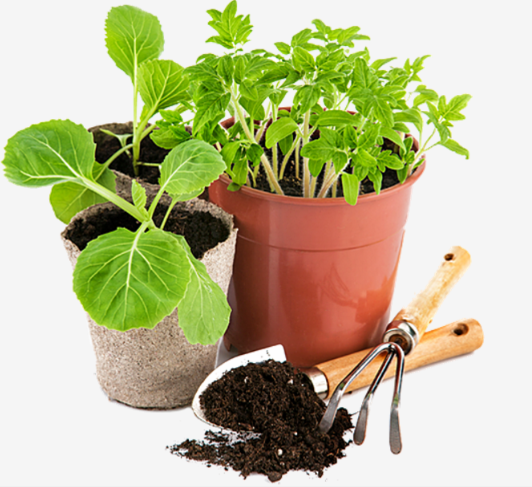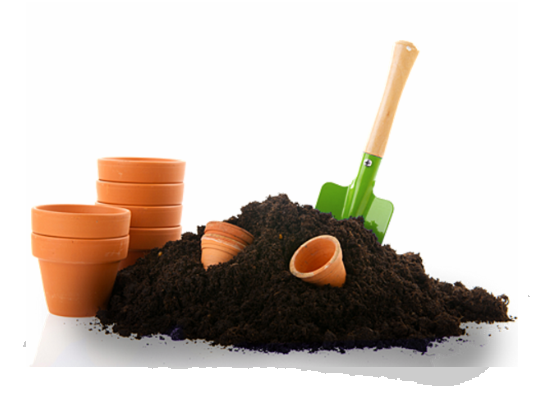
The best watering times are between 6pm to 6am. (avoid mid-day if it is very hot). This allows time for the water to be absorbed without too much evaporating in the heat of the sun. Watering too late in the evening does not allow the lawn to dry. Fungus can develop overnight if the water does not get absorbed or evaporate before nightfall.
On average, about one inch of water per week during the growing season, including rainfall, should be enough for most lawns. You will know you are watering enough if each watering soaks about 6 inches into the soil to encourage deep root growth. Clay soils may need water applied slowly or at several different times to allow time to soak in. One way to measure how much water your sprinklers are putting out is to place coffee cans or pie plates out while the sprinklers are running You can also buy a rain gauge to measure sprinkler output and accurately measure how much rain fell during a storm or weekly. Aim to get 1/2 inch three times a week including rainfall. Longer, deeper waterings are preferred over 10 minutes per zone daily!
No, the amount of water your lawn needs can vary yard to yard. Climate, sun or shade, soil conditions and the variety of grass growing are some of the reasons you may need to adjust how you water.
To check the depth of a watering, poke a long screwdriver into the soil after watering. The depth to which the screwdriver slides into the soil easily indicates the depth of the watering. If you can slide the screwdriver six inches deep before it becomes more difficult to push, you are watering enough. If not, then you will know that you need to adjust the length of time that you run your sprinklers. Try to avoid wasting water if run-off occurs.
If you cannot water the lawn may go dormant. This is a normal response to the stress of heat and drought. Most turfgrass plants can stay dormant for at least 3 to 4 weeks without the grass dying. The length of dormancy depends on the health of the plant. It is best to avoid traffic on the lawn during this time to minimize possible damage to the grass plants.
Ask Us A Question


-
Did you know...?
Fertilizer is a substance added to soil to improve plants' growth and yield. First used by ancient farmers, fertilizer technology developed as the chemical needs of growing plants were discovered.
-
Did you know...?
Mulch conserves water, prevents weeds and feeds the soil. Mulch can be any material, such as wood chips, grass clippings, leaves and compost, even rock, newspaper or shredded tires, that is spread over the surface of soil to retain water and inhibit weed growthcan be used as mulch.
-
Did you know...?
Lawns are three times more productive at producing oxygen than trees. Also, an average lawn absorbs 10 times more water on a sunny day than it does on a cloudy day.